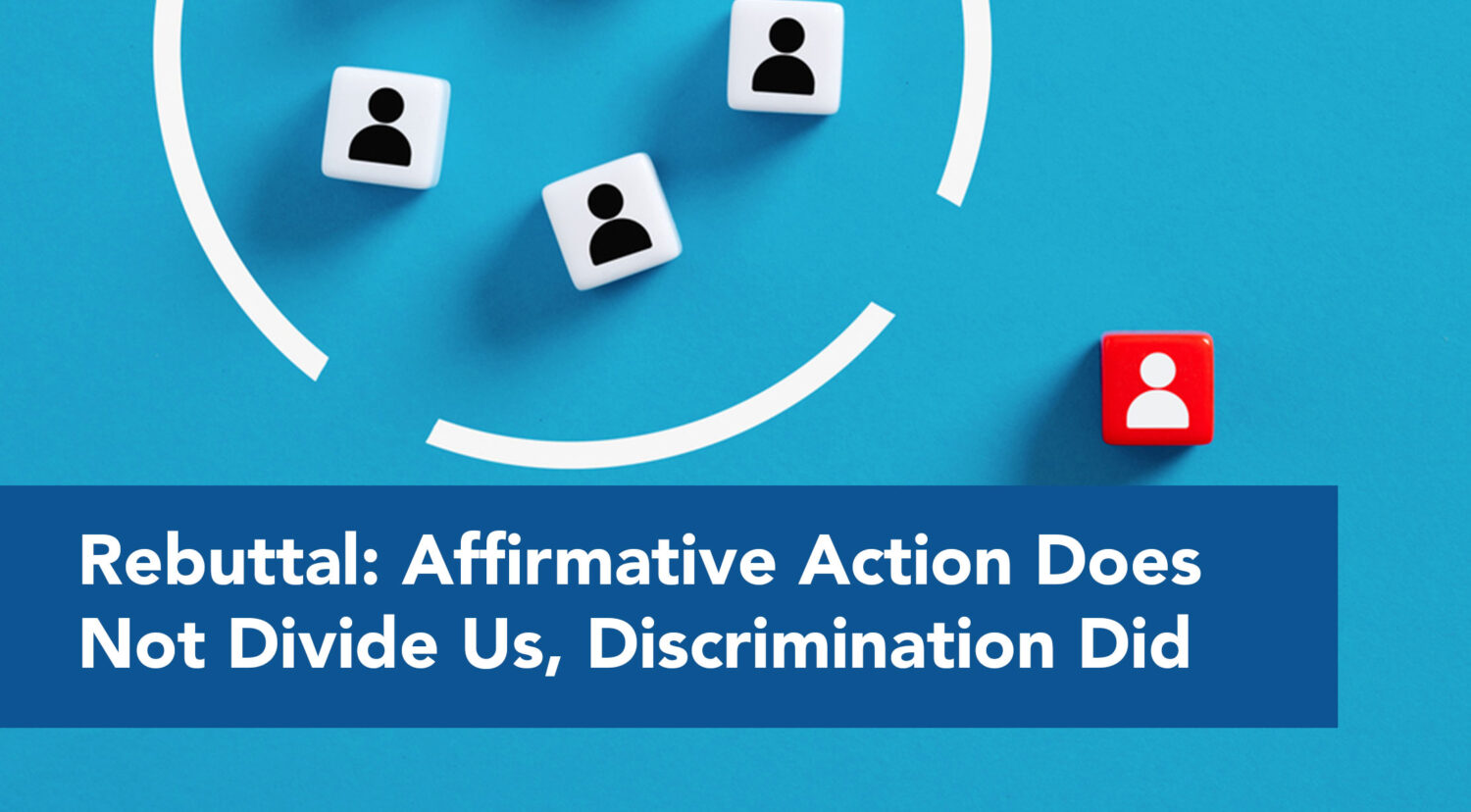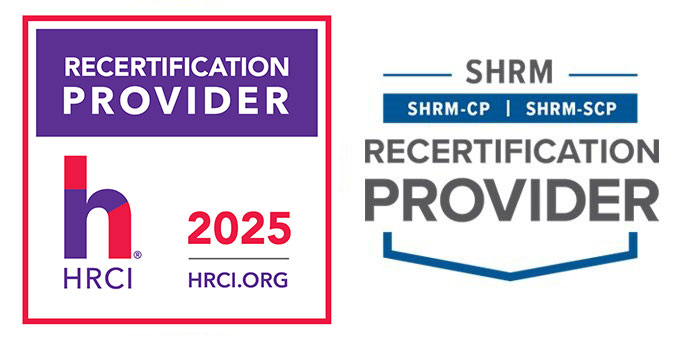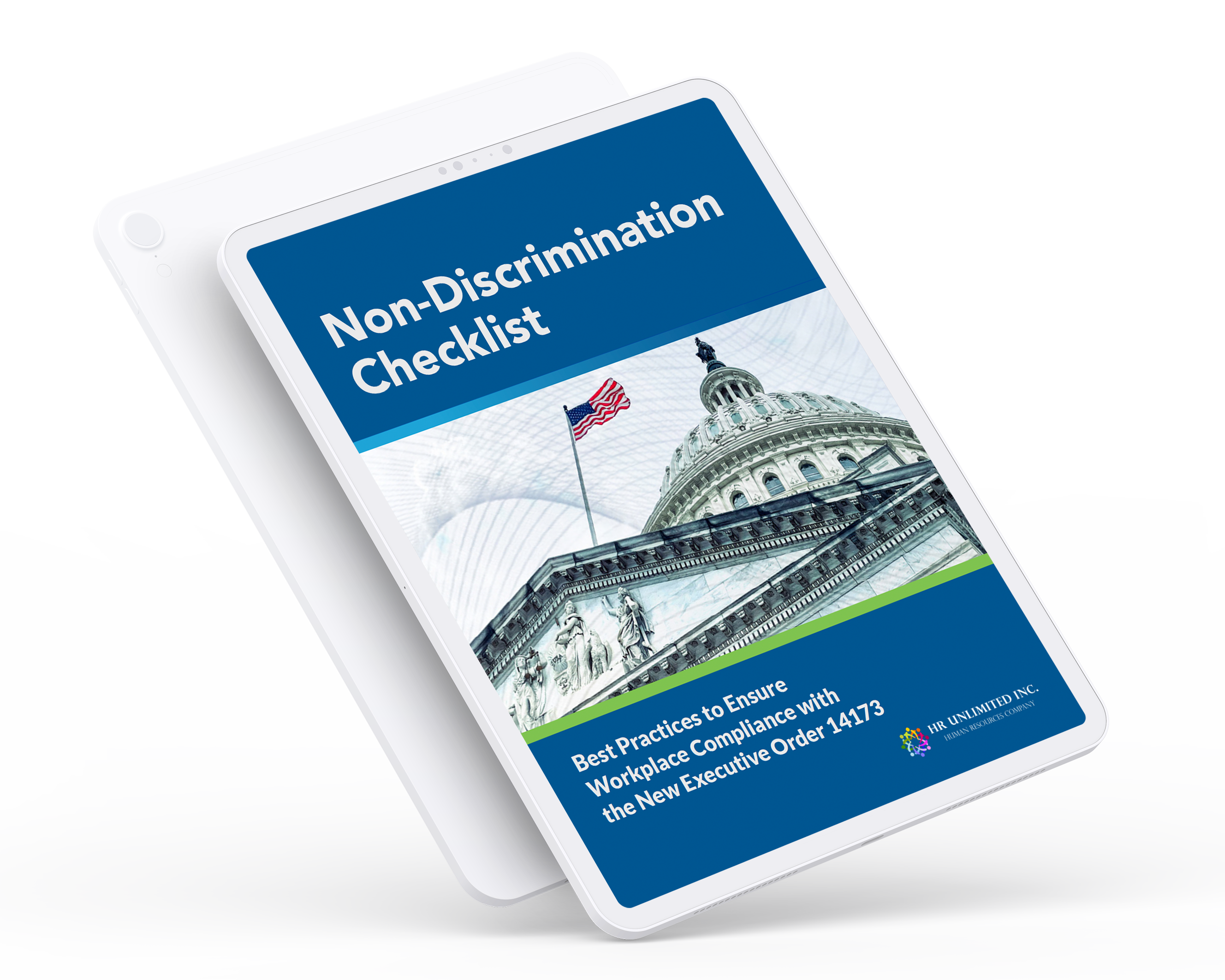

Recently, a House Representative claimed that affirmative action “divides us.” This statement not only misrepresents the intent and impact of affirmative action but also ignores the painful history that made such policies necessary in the first place. Affirmative action was not born out of a desire to divide Americans—it was born out of a national reckoning with a system that had long excluded women and minorities from equal participation in employment, education, and civic life. To suggest that efforts to correct this historic imbalance are the source of division is both inaccurate and profoundly misleading.
The Real Divider: Systemic Discrimination
The Civil Rights Movement of the 1960s was not sparked by affirmative action. It was triggered by the pervasive discrimination and segregation that defined American life for millions of people, especially African Americans, Latinos, Native Americans, Asian Americans, and women of all backgrounds. White men, by default, held privileged access to jobs, schools, housing, and government representation. Women were routinely denied equal pay and equal opportunity. Racial segregation was legally sanctioned in schools and public spaces. The Civil Rights Act of 1964, including Title VII, was enacted in direct response to these injustices, not to divide, but to heal and to fulfill the unkept promise of equal opportunity for all.
The Purpose of Affirmative Action
Affirmative action policies were designed as tools to help dismantle entrenched barriers, not to provide unfair advantages, but to open doors that had long been closed. These programs aim to ensure that race, gender, and other historically discriminatory factors no longer limit someone’s potential to contribute and succeed. Far from dividing us, affirmative action recognizes the value of diverse perspectives and inclusive participation. It encourages employers, universities, and government contractors to look beyond traditional pipelines and reach qualified individuals who may have been historically overlooked or excluded due to bias, conscious or unconscious.
Division is Not in the Policy, It’s in the Prejudice
To claim that affirmative action is what divides Americans is to ignore the deep wounds left by centuries of exclusion. Division came from policies that shut out capable women and minorities based solely on their gender, race or skin color, not from the policies intended to correct that injustice. Affirmative action is a bridge, not a wall. It is a pathway to unity through fairness, not a mechanism of favoritism. Its goal is not to elevate one group over another, but to ensure that opportunity is no longer hoarded by a few but shared by all.
Let Us Not Rewrite History
It is both historically inaccurate and morally troubling to portray affirmative action as a source of division. The real division was caused by a culture of supremacy and a system built to benefit some while excluding others. Instead of dismantling efforts like affirmative action, we should be asking ourselves: Have we truly achieved the equal opportunity we aspire to? If the answer is no and the data shows it is not, then these policies remain as necessary today as they were in the wake of the Civil Rights Movement.
Conclusion
Affirmative action is not about guilt or grievance; it is about fairness and the future. It is a recognition that for a nation to be truly united, it must be just. And justice requires us not only to acknowledge past discrimination, but to take proactive steps to ensure it does not define our future. Let us remember it was discrimination, not a remedy, that divided us. Affirmative action is part of the solution, not the problem.
The enforcement of Executive Order 14173 is transforming compliance requirements for federal contractors. Join us on August 6, 2025, at 10:30 AM PST for an exclusive virtual roundtable led by government officials for clear, actionable guidance to navigate the evolving regulatory landscape confidently. Learn more about this webinar
If you’re ready to strengthen your compliance and equity efforts, we’re here to help. Contact us today to learn how we can support your EEO and non-discrimination goals.





